What is Silver Clay Pt 2
Following on from the last blog where we discussed the different brands of Silver Clay and the different types of silver (Sterling, Fine and Britannia), I thought it might be a good idea to break down what type of Silver Clay there are and what they are used for.
Different Types of Silver Clay
The larger brands of Silver Clay (i.e. ACS and PMC) offer a set of products within their brand. The main difference between all of these is their consistency and by that I mean the amount of water which has been added to each product– this will become clearer as I go on!
Lump
As the description suggests this is a lump of clay! Each of the brands mentioned above, do a ready-made version of this, which means you can take it straight from the packet and start rolling with it.
It’s the most versatile of the products and you can use it for ring making, construction projects like beads and boxes, chains and simpler projects like making flat or curved pendants, earrings and charms. It’s also perfect for moulding too. And what’s great is that if all you have is the lump version, you can add water to it and make your own paste and clay for extruding.
The lump comes in various weights and this is different for each brand and variety but they generally all have a small bag weighing in between 5 and 7 grams which is usually big enough for a pendant or a charm. The biggest bags weigh in at a big old 50 grams and you can make piles of things with that amount! Obviously it tends to be cheaper gram for gram to buy bigger packs, but sometimes the budget just won’t stretch that way.
Take a good look when working out the costs of the clay. Some retailers in the UK, for example advertise the price without VAT and when you go to the checkout suddenly the price jumps up 20%! Also be aware that the PMC bags have 2 weights on them, which can be slightly confusing – especially when the retailer is advertising the heavier weight, because that is NOT the silver weight, it’s the pre-fired weight which includes the binder. The second weight (the lighter weight) displayed is the fired silver weight. So when you are looking at price comparisons, break down by gram how much the fired silver weight costs, then you’ll have a fair comparison. ACS only show the fired silver weight on their bags of Silver Clay.
Syringe
This clay is diluted with a bit more water, so it can be extruded easily from the syringe it comes in. The syringe will come with a nozzle in the packet which you place on the syringe body when you are ready to start working. The tip of the nozzle is very fine, so the clay extruded is very thin. Aida sell separate nozzles which have varying thicknesses so that you have a choice. However, when I finish a syringe I never throw the nozzle away, I always keep them, that way I can trim it down to whatever thickness I need for the job I am doing.
A syringe is a great accessory to working with lump, because you can use it quickly to make repairs (if there are nicks or gaps in your work that you don’t want), join pieces together or make pieces with syringe detail or decoration.
It’s unlikely that you will use an entire syringe at one time, so when you are not using it, keep the syringe tip submerged in water so it remains wet. The clay will not dry out.
Both ACS and PMC produce their version of syringes with similar weights – the PMC syringe weighs 9g and the ACS weighs 10g.
Paste
Paste is further watered down from the syringe and is the consistency of single cream. It is used for filling and repairing and joining pieces together. It is also great for organic projects, like painting leaves and seed pods and for painting detail onto clay.
As with the syringe, it’s unlikely that you would use an entire pot at one time, so make sure the paste pot top is screwed on tightly when you are not using it. You can add a little bit of distilled water if you know you’re not going to open it for a while.
Both main brands offer silver clay paste – ACS comes in 2 pot sizes, 10g and 20g whilst PMC has 1 size, a 15g pot.
You can make your own paste very easily. Use a pot which is airtight, add some lump clay and then some distilled water. Leave the water to permeate overnight, then return and stir. Add more water if required. This is also a great way of using clay that has dried up.
Paper or sheet
Silver Clay sheet is not like the other products above. It’s completely different in that although it is silver particle in an organic binder, it has an additional element which makes it very thin and flexible. It is dry in the packet and once you take it out it remains in that state until it’s fired. Because it’s soft and flexible it’s great for projects which require folding – origami projects are a good example of this. In fact, the Silver Clay sheet was developed for the Japanese origami market.
It’s also a fantastic product with which to make hinges and some people like to cut out shapes and layer onto other pieces of clay.
It can’t be reconstituted like the other clays, but if you have left over bits and pieces, you can reticulate and make silver balls with them. More about that in the Silver Clay Sheet module.
Different Versions of Silver Clay
The reason I have left this section to last is because I don’t want to bombard you with lots of confusing information at the start of your Silver Clay journey. But alternatively, I want you to have all the up to date information in case you need to reference it.
Aida – manufacturers of Art Clay Silver have recently streamlined their offerings which simplify things a whole lot! The only have ONE version of Silver Clay and have discontinued their others. It is simply ACS New Formula. I would advise against buying any other version even if it is at a lower price because it’s been kicking around for a while now and you might get some dried out clay. Stick to the New Formula version for peace of mind.
Mitsubishi – manufacturers of Precious Metal Clay have a few versions of Silver Clay which can be a little bit confusing when you are new to the craft. They are as follows;
- PMC+ an earlier version of PMC, which comes in lump and sheet only. It’s a fine silver clay. It’s not ideal for firing with a butane torch, although you can. PMC+ is very similar to PMC3 in lots of ways, but does have a tendency to dry out more quickly when you are handling it.
- PMC3 the most up to date version of the fine silver clays, made with the table top crafter in mind. It comes in lump, syringe and paste. There is no PMC3 sheet.
- PMC Sterling this is a Sterling silver clay. It can’t be fired by hand, so you need a kiln to fire this product. It also needs a 2 stage firing, once on an open shelf to burn away the binder and then submerged in carbon to ensure that the silver does not oxidise (which happens because of the copper content). It only comes in lump form.
- PMC Flex this is a fairly new product to Mitsubishi. It is a fine silver clay and can be fired by hand. But it was designed to have a longer working time which is great for the beginner. And when it dries it remains flexible which can have some great benefits for specific projects. You can weave with it and you can make bezels with it too. However, for a beginner, there can be some drawbacks to working with a flexible clay when dried – sanding becomes an issue for example. We will incorporate Flex into a Module in Silver Clay SChool’s syllabus.
Silver 960 This is a mixture of clays to make a version of Britannia Silver. It’s not commercially available, but Silver Clay artists do mix it up themselves. Combine PMC Sterling with the equivalent weight of fine silver, it works well with PMC+, PMC3 and ACS. The benefits of this particular blend is that it’s stronger that fine silver, which means it’s easier to make more fragile pieces because the copper content is higher which gives the clay strength. The other benefit is that it can be kiln fired on an open shelf, without the two phase firing of Sterling PMC. We will cover this version of clay in a module in Silver Clay School’s syllabus.
Hope you’ve enjoyed reading all about Silver Clay. Obviously, there’s lots more to share, but I hope this is a good introduction. Please feel free to contact me for more information about Silver Clay School and what we teach here.
Emma x

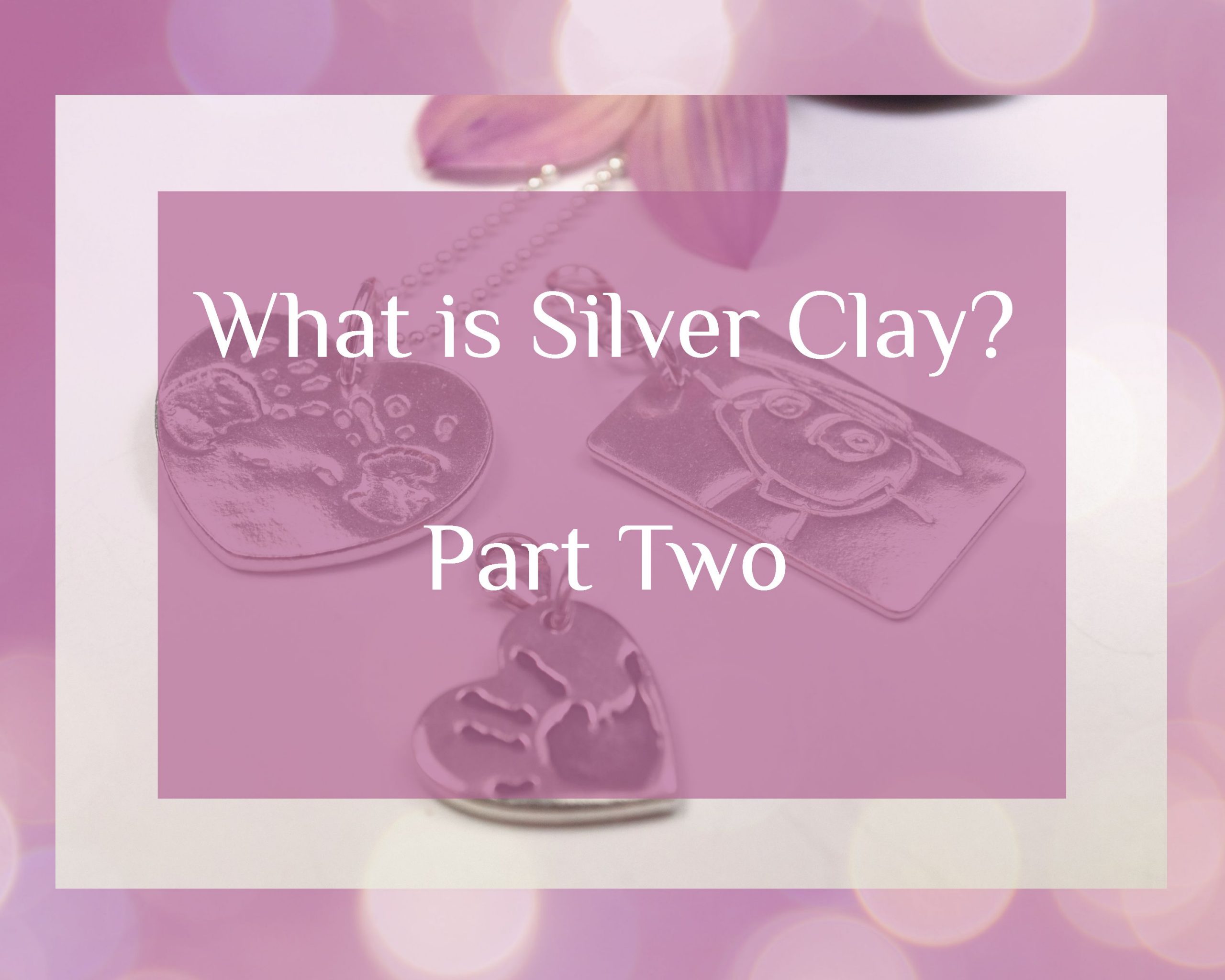


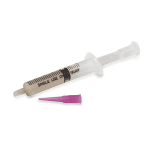
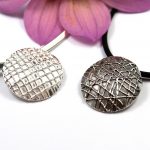
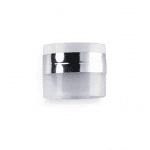
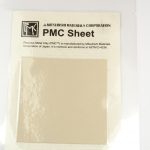


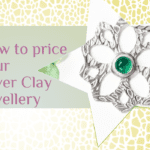



0 Comments